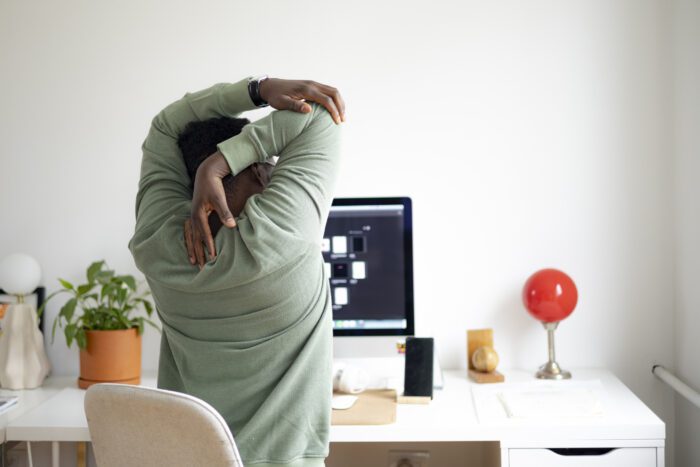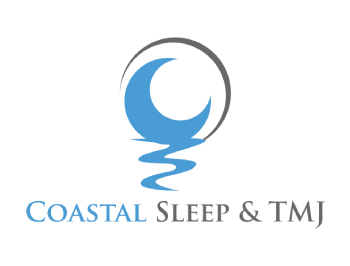If you’ve ever noticed jaw pain, headaches, or even neck stiffness after sitting at a computer all day, your posture might be to blame. Many people don’t realize how you hold your body, especially your head, neck, and shoulders, can affect your jaw health. Poor posture can worsen your symptoms if you have TMJ (temporomandibular joint) problems. If you believe your posture is connected, Dr. William Harper can address your TMJ problems in Chesapeake and Poquoson, VA.

How Posture Affects TMJ
TMJ stands for the temporomandibular joint. The small joint connects your jaw to your skull, right in front of your ears. You use it every time you talk, chew, or yawn. When this joint becomes irritated or out of balance, it can cause pain, popping or clicking sounds, stiffness, and headaches. This is called TMJ disorder, or TMD.
When you slouch or stick your head forward, like when you looking down at your phone or leaning into your computer, it puts stress on your neck and shoulders. But it also affects the position of your jaw. Poor posture can pull the lower jaw out of its natural resting position. Over time, this strains the TMJ and the muscles around it.
Poor posture can worsen your TMJ symptoms and can lead to:
- Jaw pain
- Tightness in the face or neck
- Headaches
- Clicking or popping in the jaw
- Tooth grinding or clenching
Even if your jaw felt fine before, bad posture can slowly lead to more problems. Many people today may find that working on laptops or looking at a phone can worsen posture.
The Forward Head Posture Problem
One of the most common posture problems is called forward head posture. This happens when your head leans forward instead of staying lined up with your shoulders. You might see this when someone is looking down at a phone, leaning over a laptop, or slouching in a chair. While it may not seem like a big deal, this small change in head position can cause big problems for your body, especially your jaw.
When your head moves forward even just one inch, your neck muscles have to work much harder to keep your head upright. Your head is heavy it weighs about 10 to 12 pounds. So, imagine holding a bowling ball close to your chest.
Now imagine holding it out in front of you with your arms extended. It’s a lot harder! That’s what your neck and shoulder muscles go through when your head is out of alignment.
This extra stress affects more than just your neck. It also strains your lower jaw and the TMJ.
How to Improve Your Posture
The good news is that simple changes can make a big difference. Follow these tips to help improve your posture and reduce TMJ pain:
- Sit up straight: Keep your ears over your shoulders and your chin level.
- Support your lower back: Use a small pillow or cushion when sitting for long periods.
- Take breaks: Stand up and stretch every 30 to 60 minutes if you work at a desk.
- Hold devices higher: Raise your phone or screen to eye level to avoid looking down.
- Stretch and exercise: Gentle stretches for the neck, shoulders, and jaw can help ease tension
In addition to TMJ treatment, practicing good posture at home can release tension in your upper body. Feeling more relaxed in your upper body can help relax your jaw and TMJ.
Get Help for TMJ and Relieve Pain from Posture
If you have jaw pain or other TMJ symptoms, your posture may be part of the problem. At our office, we examine your bite, jaw movement, and posture closely. We offer custom treatments, including bite guards and posture tips, to help relieve pain and improve jaw function.
You don’t have to live with discomfort. Call Dr. William Harper’s Chesapeake, VA, dental office at (757) 785-0342 or his Poquoson, VA, office at (757) 600-6535. You can also schedule an appointment with Dr. Harper online.
